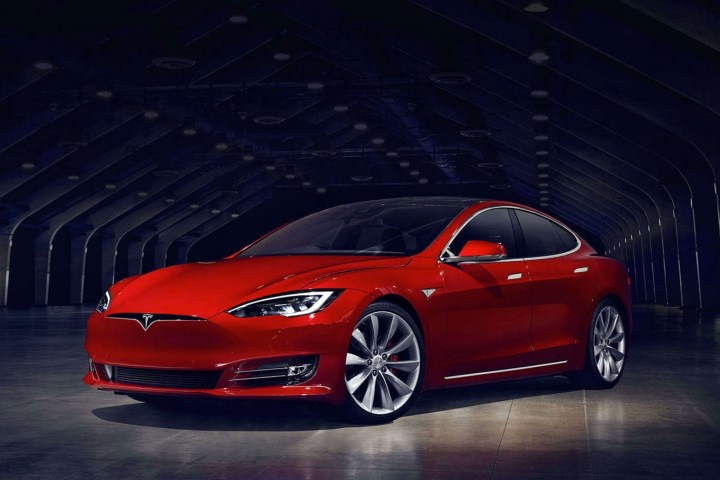
A zoning proposal released by the local government in October revealed Tesla sought permission to double the size of the factory that churns out the Model S and the Model X. The proposal was approved by the Fremont City Council, which means the factory’s size will grow to 9.1 million square feet, up from 4.5 million square feet today.
Tesla released a plan that outlines the addition of up to 11 new structures. They range in size from 118,000 to nearly a million square feet. What each building is for hasn’t been made public yet, but city records indicate the additional space will allow Tesla to build 500,000 cars annually. In comparison, the company built just 50,580 units last year. The same records indicate that its workforce will balloon from 6,210 to 9,315 once construction is completed, according to the East Bay Times.
Tesla co-founder and CEO Elon Musk recently announced that his company is about to launch a huge model offensive. The long-awaited, entry-level Model 3 is scheduled to enter production next year, and Musk’s second master plan calls for a lineup that encompasses “the major forms of terrestrial transport.” That includes a crossover based on the Model 3 and positioned below the Model X, a pickup truck, a bus, and even a semi truck.
All told, Musk hopes to build as many as a million cars annually by 2020, though it’s too early to tell where all of these vehicles will be built. However, it’s clear that expanding the Fremont factory is crucial if Tesla wants to reach its mass-market goals.
Editors' Recommendations
- Tesla recalls 363,000 of its vehicles over safety issue
- This drone-like ‘flying car’ has just taken a step toward commercialization
- Tesla will make a $25,000 electric car within 3 years, Musk says
- Tesla shows how it’s using EV parts to build ventilators
- Why Tesla’s promise to deliver 500,000 electric cars in 2020 isn’t unrealistic



